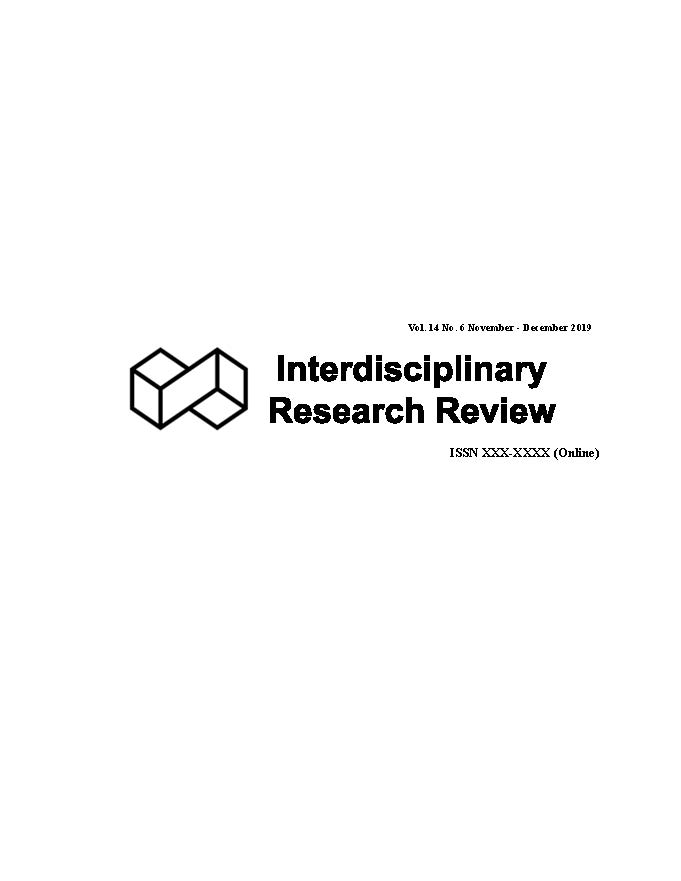Rehabilitation guidelines for children with cerebral palsy
Main Article Content
Abstract
Cerebral palsy (CP) is a group of physical and movement disorders in children, which is formed due to damage to a part of the brain that controls movements and gestures. Children affected have trouble moving and balancing. They cannot control the movement of their arms, legs and bodies like normal people, so they tend to face developmental delays. As a result, children with cerebral palsy must have a correct and appropriate rehabilitation program. Each patient has dierent symptoms, so there is no standard program that can treat all patients. A good rehabilitation plan must be an individualized plan approved by an interdisciplinary team who work with the patient, his/her family, teacher and caretaker.
Article Details
References
N. Berker, S. Yalcin, The help guide to cerebral palsy (2nd edi-tion), Mcmill Corperation, 2010.
A. T. Pakula, K. V. N. Braun, M. Yeargin-Allsopp, Cerebral palsy: Classification and epidemiology, Physical Medicine andRehabilitation Clinics of North America, 20(3) (2009) 425 –452.
P. Rosenbaum, et al., A report: The definition and classification of cerebral palsy, Developmental Medicine & Child Neurology109 (2006) 8 – 14.
C. Cans, J. De-la-Cruz, M. A. Mermet, Epidemiology of cerebral palsy, Paediatrics and Child Health 18(9) (2008) 393 – 398.
C. C. Murphy, M. Yeargin-Allsopp, P. Decoufl ́e, C. D. Drews,Prevalence of cerebral palsy among ten-year-old children in Metropolitan Atlanta, 1985 through 1987, Journal of Pediatrics 123(5) (1993) S13 – S19.
T. Hansakunachai, et al., Cerebral Palsy in Child Development and Behavior for General Practice, Pua Look for Family and Caretaker of Children with Cerebral Palsy, Bangkok: Pim Dee Company, 2011.
Cerebral Palsy International Research Foundation, Cerebral Palsy, Available online in May 12, 2017, Available from:http://cpirf.org./
Australian Cerebral Palsy Register Group, Cerebral Palsy Alliance, Australian Cerebral Palsy Register, 2013.
Statistical Forecasting Bureau, National Statistical Office, Thai-land, The 2007 Disability survey, 2007, Available from: http://service.nso.go.th/nso/web/survey/surpop2-5-4/
World Health Organization, Rehabilitation Guidelines, The World Bank, World Report on Disability, Geneva: World Health Organization, 2011.
S. Chatterji, Rehabilitation: Estimating need, World Health Organization, 2015.
B. L. Tieman, R. J. Palisano, E. J. Gracely, P. L. Rosenbaum,Gross motor and performance of Mobility in children with cerebral palsy, Physical Therapy, 2004.
C. Thorogood, American academy for cerebral palsy and develop mental medicine, American Academy of Pediatrics,American Academy of Physical Medicine and Rehabilitation,2013.
Cerebral Palsy Foundation, Cerebral Palsy Guidance, Available online in May 12, 2014, Available from: http://youngcpf.org/
Cerebral Palsy Guidance, Cerebral Palsy, Available from:http://cerebralpalsyguidance.com/cerebral-palsy/treatment/
C. Butler, S. Campbell, Evidence of the effects of intrathecal baclofen for spastic and dystonic cerebral palsy, Developmental Medicine & Child Neurology 42 (2000) 634 – 645.
I. Novak, et al., A systematic review of interventions for chil-dren with cerebral palsy: state of the evidence, Developmental Medicine & Child Neurology 55(10) (2013) 885 – 910.


